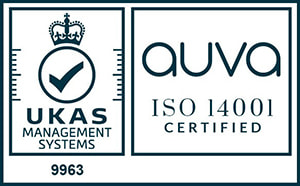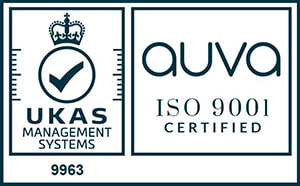Designed to protect domestic plumbing systems against limescale build up, the HydroFLOW® HS38 is suitable for houses of up to four bedrooms, and for combination boilers as well as vented and unvented cylinders.
Seven reasons to choose HydroFLOW® HS38 for household limescale control and why we promote the HydroFLOW® HS38 for limescale control.
Easy to install
It’s simple to install under the boiler (on the cold inlet pipework).
Low operation cost
It’s powered directly from the boiler PCB (no external power source required) with a three-metre cable supplied (only costs approximately £1.50/year to operate).
Easy to retrofit
It clips onto the pipework via a patented clamp system (no need to cut the pipework or drain the water).
Sustainable – no chemicals
It’s environmentally friendly as it does not use any chemicals (competitors use electrolytic types that have zinc sacrificial anodes which release small amounts into the water).
Patented technology
It has a patented electronic water conditioner technology where the signal propagates around the entire hot and cold-water pipework, which is unique to Intergas as we don’t use plate-to-plate heat exchangers, so the waterway is always open allowing the electronic signal to flow with an uninterrupted signal.
New/existing limescale
The signal causes any limescale present to bond together (cluster) and, when subjected to heat, it will crystalise and travel out of the pipework with the water flow, preventing any build-up or damage occurring. The signal will also breakdown any existing limescale that has adhered to the internal pipework eventually clearing over time, subject to flow rate, temperature and hardness.
Signal travels in all directions
The signal can flow up and downstream of the HydroFLOW® HS38, providing there is a clear path within the waterways, however we recommend it is fitted closest to the heat generating source for the best results.






